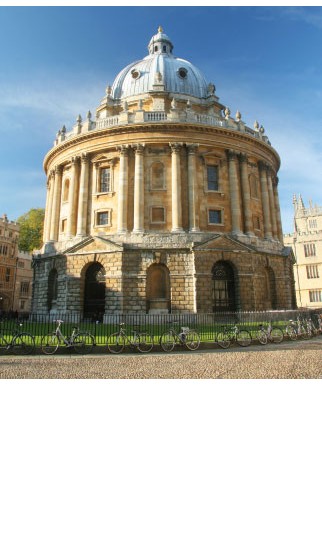Take a Bus Tour of the Colleges of Historical, Beautiful Oxford University, England
One of the oldest and most famous existing universities in the world is located in Oxford, England, and is certainly the oldest university in Britain. The city lies west of London, perhaps a four hour drive on the A40. Unlike most American universities, the various colleges developed over a span of hundreds of years, and thus sprang up at various places throughout the city.
There is no clear foundation date of Oxford University, but advanced education began at Oxford in some form in 1096. In 1167, Henry II banned English students from attending the University of Paris, declaring that they should be educated in England. Oxford developed rapidly in informal settings but, in the 13th century, rioting between the townspeople and students led to the establishment of more official halls of residence. These were succeeded by the first of Oxford’s colleges, which began as medieval “halls of residence” under the supervision of a Master. University, Balliol and Merton Colleges, which were established between 1249 and 1264, are the oldest.

University College
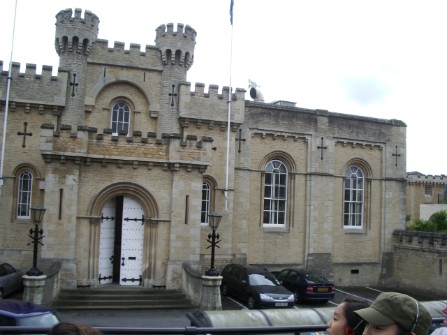
Today, there are an amazing 36 colleges at Oxford University, as well as eight other educational facilities. In alphabetical order, they are: All Souls, Balliol, Blackfriars, Brasenose, Campion Hall, Christ Church, Corpus Christi, Exeter, Green Templeton, Harris Manchester, Hertford, Jesus, Keble, Kellogg, Lady Margaret Hall, Linacre, Lincoln, Magdalen, Mansfield, Merton, New, Nuffield, Oriel, Pembroke, The Queen’s College, Regent’s Park, St Anne’s, St Antony’s, St Benet’s Hall, St Catherine’s, St Cross, St Edmund Hall, St Hilda’s, St Hugh’s, St John’s, St Peter’s, St Stephen’s, Somerville, Trinity, University, Wadham, Wolfson, Worcester, and Wycliffe Hall.
Naturally, only men could attend Oxford for hundreds of years. Academic halls were not established for women until 1878, and they were only admitted to full membership of the University in 1920. Five all-male colleges first admitted women in 1974 and, since then, all colleges have changed their statutes to admit both sexes. St. Hilda’s College, which was originally for women only, was the last of Oxford’s single sex colleges. It has admitted both men and women since 2008.
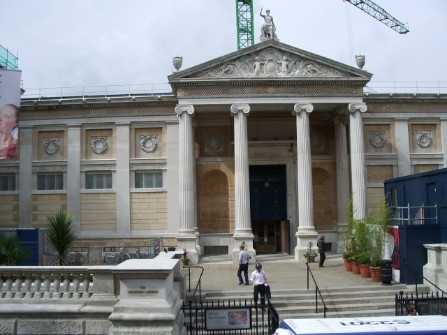

Visitors would do well to take an audio bus tour of the city before setting out on foot. While many of the colleges are housed in old and beautiful buildings, some of the modern colleges are not terribly impressive in appearance. In addition, there are numerous sights, such as Radcliffe Camera on top of the Bodleian Library and the museum of Oxford, that are also well-worth seeing. While there is clearly not enough space in this article to give highlights of all of the colleges, some of the oldest and most distinguished merit noting.
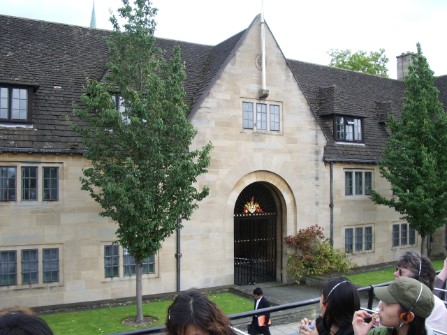
University College, founded in 1249, lays claim to being the oldest of the colleges, and is among the largest in terms of population. “Univ”, as it’s known, was founded by William of Durham in 1249. Its claim of being founded by King Alfred in 872 is no longer given credence. Until the 16th Century, Univ was only open to Fellows studying theology, but it now boasts Stephen Hawking, CS Lewis, Willie Rushton, Peter Snow, Percy Shelley, and both Bill Clinton and his daughter, Chelsea, as graduates.
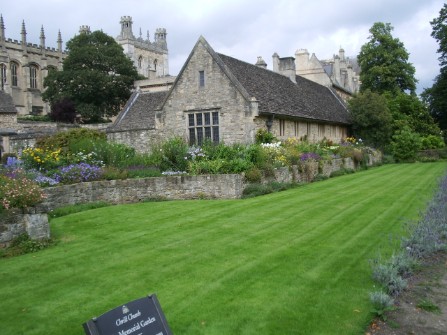
Balliol is the most centrally situated and most diverse of the Oxford colleges, with approximately 400 undergraduate and 400 postgraduate students, including a large number of European and international students. The College was founded in about 1263 (leading some to argue that it is actually the University’s oldest college, a claim contested by both University College and Merton College) by John I de Balliol under the guidance of the Bishop of Durham. Traditionally, the undergraduates are among the most politically active in the university, and the college’s alumni include three former prime ministers. Balliol also takes pride in its college tortoises. Rosa, the original tortoise, was named after the notable German Marxist Rosa Luxemburg and lived at the College for at least 43 years. Each June, pet tortoises from various Oxford colleges are brought to Corpus Christi College where they participate in a race; Rosa competed and won many times. Alumni include King Olav V of Norway, King Harald of Norway, and writers Aldous Huxley and Grahame Greene.
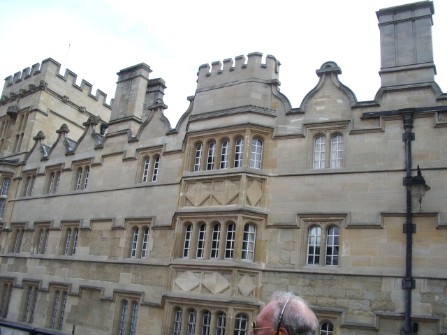
Balliol College
Merton College, the first fully self-governing college in the University, was founded in 1264 by Walter de Merton, who became Chancellor of England and later Bishop of Rochester. What is now the quire of Merton Chapel was begun in the late 1280s as part of the church of St. Mary and St. John. Over the centuries, many eminent scholars have called Merton home. They include four Nobel Prize winners, including the great poet TS Eliot; William Harvey, the physician who discovered the circulation of blood; Sir Andrew Wiles, the mathematician who solved Fermat’s Last Theorem; and the founder of the Bodleian Library, Sir Thomas Bodley. Also of significant note are JRR Tolkien, the author of The Lord of the Rings and The Hobbit, who was Merton Professor of English Language and Literature from 1945 to 1959; Crown Prince Naruhito, the heir to the Japanese throne, who came to Merton in 1983 for two years of postgraduate research on the history of transportation on the Thames; and Andrew “Sandy” Irvine. Although only an undergraduate, Merton was chosen to join George Mallory for the third British expedition to Mount Everest in 1924 on the basis of his superb athleticism and engineering skills. While Mallory’s body was recovered in 1999, Irvine was never found. The mystery remains unsolved if they made it to the top.
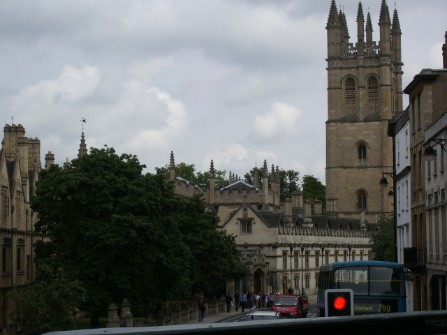
Merton College
The Queen’s College, founded in 1341 by Robert de Eglesfield under license from Edward III to construct a collegiate hall under the name of “the Hall of the Queen’s Scholars at Oxford”, is one of the constituent colleges of the University. Queen’s is centrally situated on the High Street, and is renowned for its 18th-century architecture. Queen’s College has many famous alumni, most notably (perhaps after Henry V) Edmund Halley, the famous astronomer for whom the comet is named. Others include Edwin Powell Hubble, the American astronomer, and Tim Berners-Lee, inventor of the World Wide Web and director of the World Wide Web Consortium
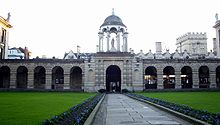
Queen's College
Christ Church College, Oxford University’s largest college, was founded in 1525 by Cardinal Wolsey. It has a huge courtyard created by alumnus Christopher Wren in 1682. Christ Church has produced thirteen British prime ministers, which is equal to all other Oxford colleges combined and more than any Cambridge college. It also boasts such students as John Locke, WH Auden, William Penn, Albert Einstein, and Charles Lutwidge Dodgson, who is better known by his nom de plume, Lewis Carroll. The College is the setting for parts of Evelyn Waugh’s Brideshead Revisited, as well as Lewis Carroll’s Alice’s Adventures in Wonderland. More recently it has been used in the filming of the movies of J. K. Rowling’s Harry Potter series, as well as the film adaptation of Philip Pullman’s novel Northern Lights, although the film bears the title of the U.S. edition of the book, The Golden Compass.
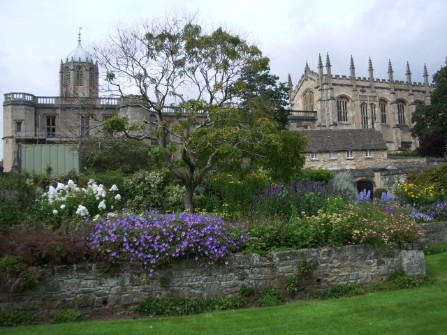
Memorial Garden, Christ Church College
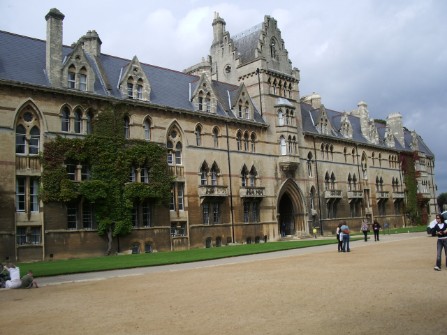
Christ Church College
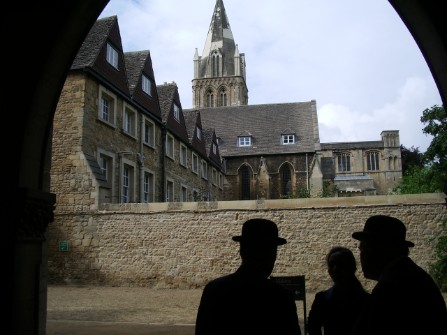
A "Prime Minister's" view of Christchurch College
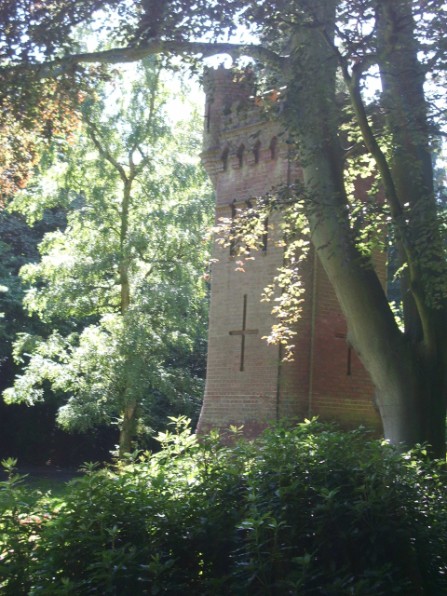
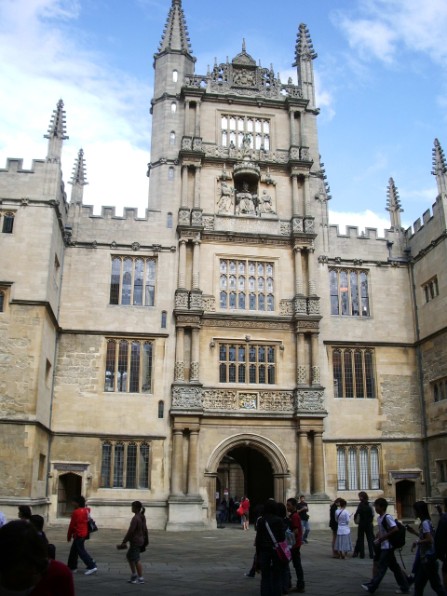
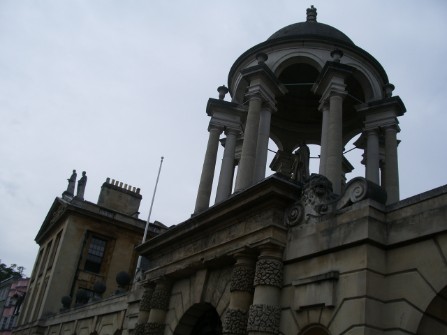
Queen's College
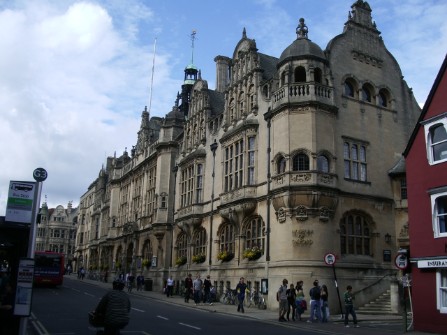
The Museum of Oxford

St. Mary's Church
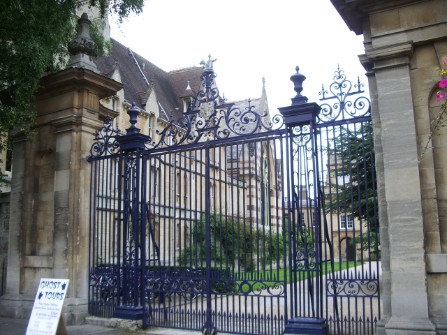
Trinity College
Radcliffe Camera, Bodleian Library
